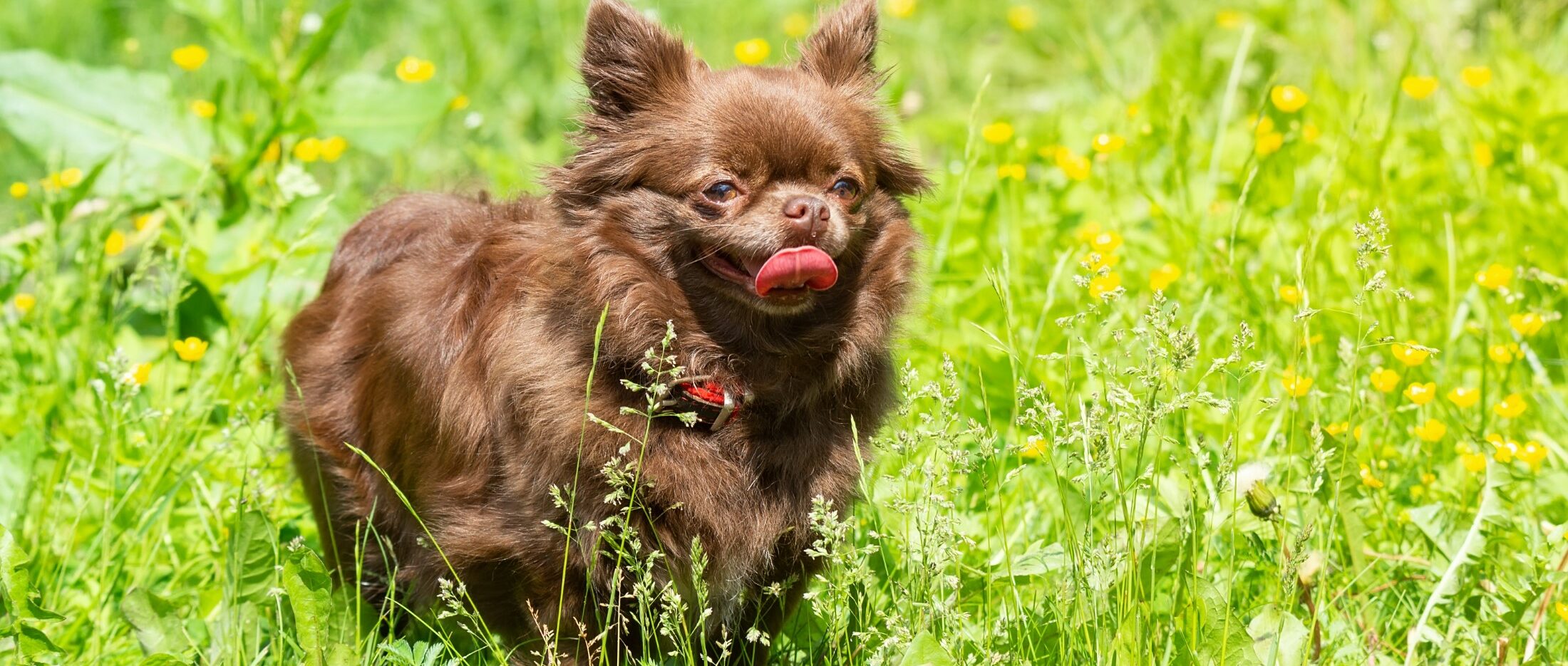All patients have a pre-anesthetic blood panel performed prior to the procedure. These panels will evaluate a complete blood count (CBC) and chemistry panel that includes kidney, liver, protein and electrolyte values. Evaluation of all of these values is one more way that the anesthetic plan is formulated for each individual patient. Abnormalities of these blood values and pre-existing medical conditions do not necessarily mean anesthesia cannot be performed, but they allow us to better tailor a plan for each patient. We work closely with our referring veterinarians to manage any bloodwork abnormalities before and after procedures.
Pets are most often pre-medicated 20-30 minutes prior to a procedure with a combination of different sedatives and pain medications. Pre-emptive pain relief (analgesia) for a potentially painful procedure will allow lower doses of other anesthetic drugs and help keep a pet comfortable in their post-operative recovery. These pre-anesthetic medications will also greatly reduce stress for a cat or dog prior to the procedure.
All cats and dogs at Animal Dental Care and Oral Surgery have a dedicated anesthesia technician who will work with the veterinary dentist in maintaining the safest anesthetic procedure possible. This dedicated technician will only be responsible for the monitoring and care of your pet while they are under anesthesia. The anesthesia technician’s sole function is to help ensure the ongoing health and safety of your pet during the procedure. Under the supervision of your veterinary dentist, the veterinary anesthesia technician continuously assesses your pet’s physical response to the anesthesia and the procedure being performed and makes adjustments to the type and amount of anesthetic and analgesic agents being administered.
IV catheterization will be performed for all patients. This allows for the administration of anesthetics and intravenous fluids before, during and after a procedure. Different types of IV fluids will help to maintain blood pressure and hydration for your pet. IV catheters also provide a quick access route for emergency drugs in the rare event they are needed.
Prior to induction of general anesthesia our patients are pre-oxygenated for 5-10 minutes to help maintain their blood oxygen levels at the start of a procedure. This is particularly important for pets living in Colorado at our higher elevation. During pre-oxygenation the patient has our state-of-the-art anesthetic monitoring devices applied so that critical physiologic parameters are monitored continuously before, during and after a procedure. They include heart rate and rhythm (ECG), respiratory rate, pulse oximetry (blood oxygenation), blood pressure, capnography (expired carbon dioxide) and body temperature.

